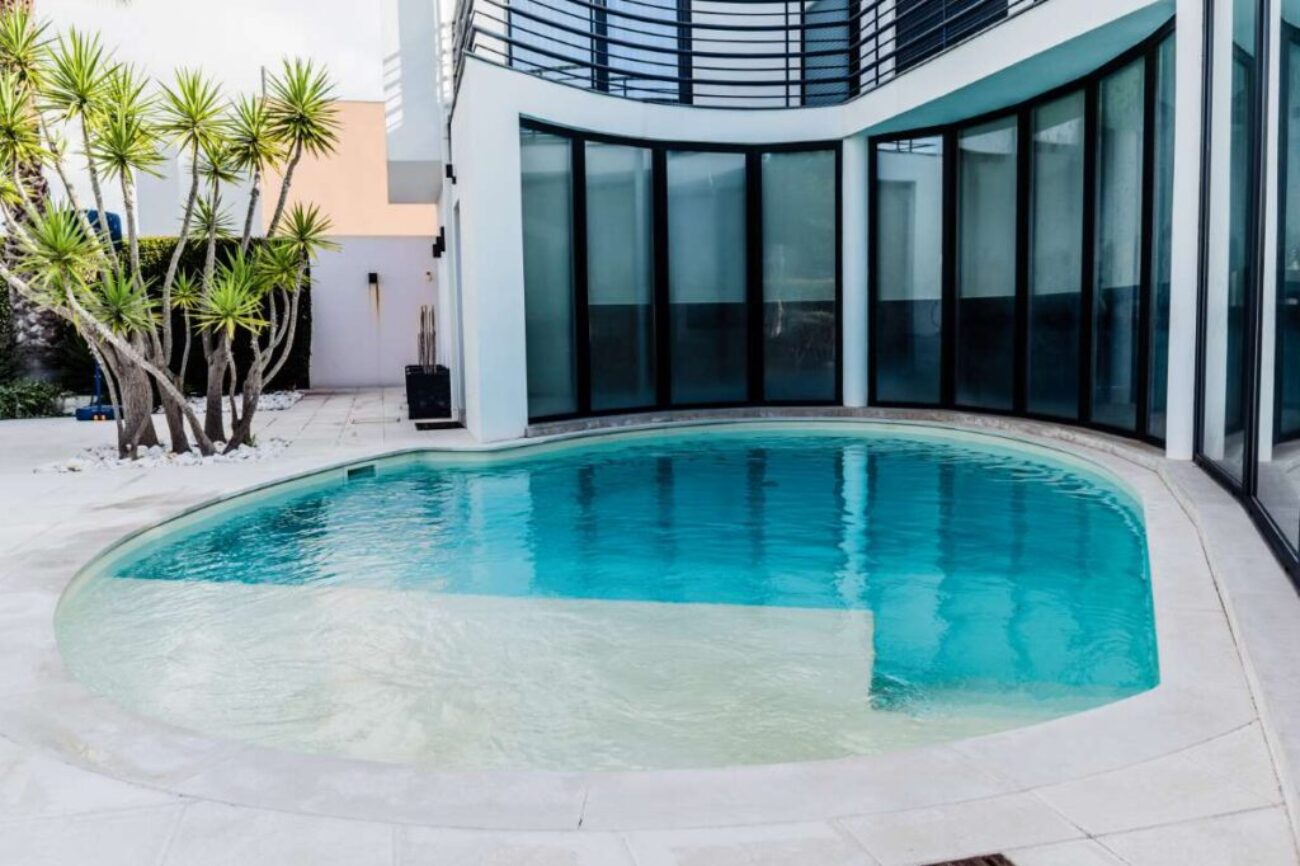How Much Should You Be Spending on Supplies Monthly?
Understanding how much you should allocate for supplies each month is crucial for maintaining a profitable pool service business. This blog post will delve into the essential aspects of budgeting for supplies, offering insights into industry standards, factors influencing costs, and tips on managing expenses effectively. Whether you’re a seasoned pool service owner or just entering the industry, knowing how to budget your supplies can significantly impact your bottom line.
Introduction
In the pool maintenance industry, managing operational costs is just as important as acquiring clients. One key component of these costs is the supplies needed to maintain pools effectively. From chemicals to equipment, the expenses can add up quickly, making it vital to have a clear understanding of your monthly spending. This article aims to guide you through the intricacies of budgeting for pool service supplies, providing valuable information on what to consider when determining your monthly expenses.
Understanding Your Supplies Needs
To establish a sound budget for your supplies, you must first understand what supplies your particular pool service requires. This can vary greatly depending on several factors such as the number of pools you service, the type of pools (residential vs. commercial), and the specific maintenance services you offer.
- Types of Supplies: Essential supplies include pool chemicals like chlorine and algaecide, maintenance tools, equipment parts, and cleaning agents. It’s crucial to keep an inventory of these items to assess your monthly needs accurately.
- Quantity and Frequency: Determine how often you’ll need to restock these supplies. For instance, if you service a high number of pools, you may find yourself purchasing chemicals and tools more frequently than someone with fewer clients.
- Cost Variation: Prices for supplies can fluctuate based on seasonal demand, regional availability, and supplier contracts. Keeping abreast of these changes is vital for accurate budgeting.
For example, in Florida where the pool maintenance industry thrives year-round, costs may vary slightly from a similar service in Texas due to differences in climate and demand. It’s always beneficial to review and compare your supply costs against market averages to ensure you’re not overspending.
Setting a Monthly Budget
Once you have an understanding of your supplies needs, setting a monthly budget becomes more manageable. Here are a few steps to help guide your budgeting process:
- Analyze Past Expenses: Review your previous months’ expenses related to supplies. This historical data can serve as a solid foundation for your future budget.
- Average Out Your Costs: Calculate an average monthly cost based on past supply expenses. This will provide a baseline to work from and help you adjust for any anticipated changes.
- Account for Fluctuations: Consider factors that may cause expenses to spike, such as seasonal increases in service demand or unexpected repairs. Allocating a portion of your budget for these variations can prevent cash flow issues down the line.
- Allocate for Growth: If you’re planning to expand your services or customer base, ensure your budget reflects this growth. This may mean allocating more funds towards supplies to accommodate additional pools.
By establishing a well-thought-out monthly budget, you can ensure that your pool service operations run smoothly while maintaining profitability.
Comparing Costs Across Locations
When it comes to budgeting for supplies, geographic location plays a significant role. The cost of supplies can vary widely between states like Florida and Texas, influenced by market demand, local suppliers, and shipping costs.
- Florida Market Insights: In Florida, the pool maintenance industry is robust, leading to competitive pricing for supplies. Pool service businesses often find themselves in a price war for essentials, which can drive costs down, especially for commonly used items like chlorine and pool cleaning tools.
- Texas Market Insights: Conversely, in Texas, the market dynamics may differ slightly due to a larger geographic area and potentially fewer suppliers in certain regions. This can lead to higher shipping costs and less competitive pricing for essential supplies.
Understanding these regional differences is essential for accurate budgeting. For instance, if you’re looking to expand your pool service into Texas from Florida, be prepared for adjustments in your supply budget to accommodate these variations.
Evaluating Your Supplier Relationships
Your relationships with suppliers can significantly impact your monthly spending on supplies. Building strong, reliable partnerships can lead to cost savings and better service.
- Negotiating Prices: Don’t hesitate to negotiate pricing with your suppliers, especially if you are purchasing in bulk. Building a long-term relationship can also lead to loyalty discounts.
- Exploring Multiple Suppliers: It’s wise to compare prices across different suppliers. Having options enables you to take advantage of better pricing or terms that can help you manage costs effectively.
- Considering Local vs. Online Suppliers: Local suppliers may offer faster delivery times and lower shipping costs, while online suppliers might provide better pricing. Assessing which option works best for your business model is vital for maintaining a budget-friendly supply chain.
By proactively managing supplier relationships and seeking out the best deals, you can reduce your monthly expenses significantly.
Tips for Reducing Supply Costs
Now that you have a clear understanding of your budgeting needs, consider implementing strategies to reduce your supply costs. Here are some practical tips:
- Bulk Purchasing: Buying supplies in bulk can often lead to discount rates, especially for items you use frequently, such as pool chemicals and cleaning tools.
- Streamlining Inventory Management: Keep an organized inventory system that tracks usage and stock levels. This will help prevent over-purchasing and reduce waste.
- Regularly Review Expenses: Make it a habit to regularly review your supply expenses and budget. This will help you identify areas where you can cut costs and adjust your budget accordingly.
- Invest in Quality: While it may seem counterintuitive, investing in higher-quality supplies can save you money in the long run. Cheaper products may not perform well, leading to increased expenses for replacements and repairs.
Implementing these strategies can help you optimize your supply budget and maintain profitability in your pool service business.
Impact of Supply Costs on Profit Margins
Understanding how supply costs affect your overall profit margins is critical for long-term success. If your supply expenditures are too high, they can erode your profits, making it essential to keep a close eye on spending.
- Calculating Profit Margins: Regularly calculate your profit margins by subtracting your total supply costs from your service income. This will help you see if your current supply budget is sustainable.
- Adjusting Service Rates: If you find that supply costs are affecting your profitability, it may be time to consider adjusting your service rates. Increasing your rates may be necessary to maintain your profit margins, especially if supply costs are rising.
- Monitor Industry Trends: Stay informed about trends in the pool maintenance industry that may affect your supply costs. Economic shifts, supply chain disruptions, and even environmental regulations can impact pricing.
By understanding the relationship between your supply costs and profit margins, you can make informed decisions that support the growth and sustainability of your business.
Leveraging Technology for Supply Management
In today’s digital age, technology can play a crucial role in managing your supply chain efficiently. Here are some ways technology can help:
- Inventory Management Software: Utilizing software to track inventory levels can help you manage supplies more effectively. You’ll receive alerts when stock is running low, allowing you to reorder in a timely manner.
- Data Analytics: Implementing data analytics can provide insights into your supply usage patterns. Understanding these patterns can help forecast future needs and optimize your budgeting strategy.
- Supplier Management Tools: Many tools exist to streamline communication with suppliers, making it easier to manage orders and negotiate terms.
By leveraging technology, you can enhance your supply management processes, ultimately leading to better budgeting and reduced costs.
Conclusion
Determining how much to spend on supplies monthly is essential for any pool service business looking to thrive in a competitive market. By understanding your needs, setting a budget, and exploring cost-saving strategies, you can ensure that your supply expenses remain manageable. The right approach to budgeting can lead to improved cash flow and greater profitability for your business.
As you navigate the complexities of managing your supply budget, consider exploring options for purchasing established pool routes that come with an immediate customer base and revenue. Such investments can complement your supply management strategies by providing a stable income stream. For more information on available opportunities, feel free to reach out to us at Tower Business Brokers. Start your journey towards a successful pool service business today!



